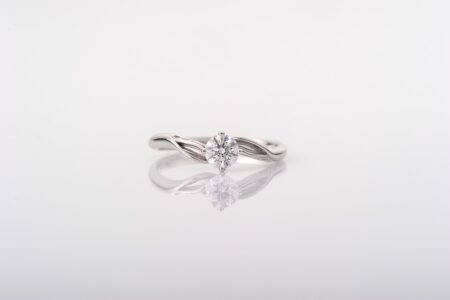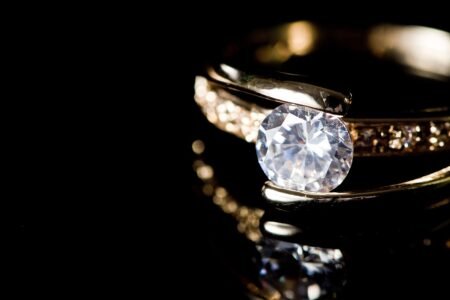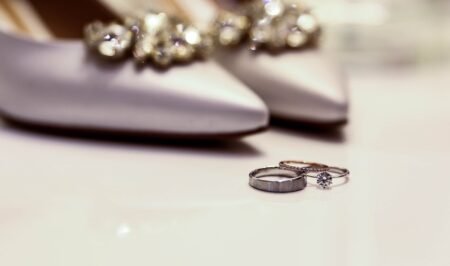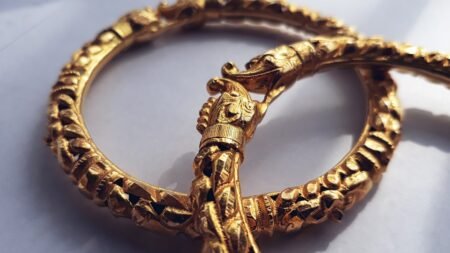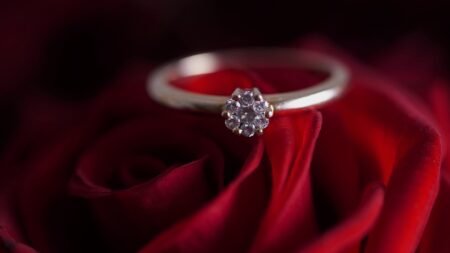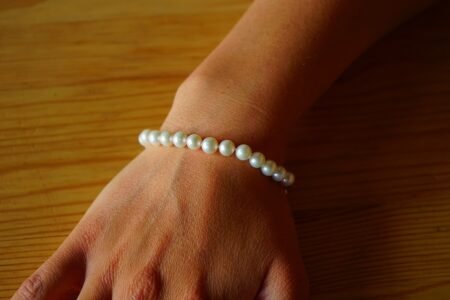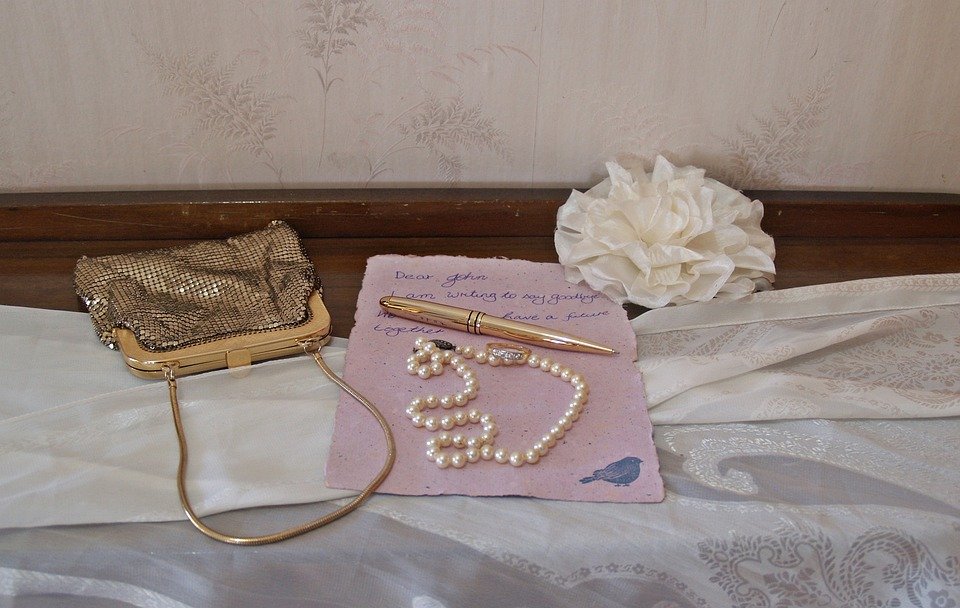
The Fascinating History of Diamonds: From Ancient Times to Modern Luxury
Diamonds have fascinated humans for thousands of years with their beauty, rarity, and enduring value. From ancient times to modern luxury, the history of diamonds is a captivating tale that showcases their significance in various cultures and their evolution as a symbol of wealth and love.
Ancient Origins: Diamonds as Talismans and Trade Items
Diamonds have been treasured for over 3,000 years, with their earliest recorded history tracing back to ancient India. The Sanskrit word for diamond, “vajra,” meaning thunderbolt or lightning, reflects the belief in their mystical powers. In ancient India, diamonds were considered sacred and believed to bring good luck, protection, and strength to the wearer.
Diamonds also played a significant role in ancient trade routes. Merchants traveling along the Silk Road carried diamonds from India to China, where they were highly sought after for their beauty and rarity. Diamonds were not only valued for their aesthetic appeal but also their durability, making them ideal for engraving seals and cutting gems.
Diamonds in Ancient Greece and Rome: Symbol of Power and Eternity
In ancient Greece, diamonds were associated with the gods and believed to be splinters of stars that had fallen to Earth. They were considered tears of the gods or the embodiment of divine power. The Greek word for diamond, “adamas,” meaning unconquerable or invincible, reflects their perception as symbols of strength and endurance.
The Romans, too, held diamonds in high regard. They believed that Cupid’s arrows were tipped with diamonds, giving them their association with love and romance. Diamonds were often worn by Roman emperors as a symbol of power and invincibility. It was also during this time that diamonds became associated with engagement rings, symbolizing eternal love.
Diamonds in the Middle Ages: Amulets and Healing Powers
During the Middle Ages, diamonds were believed to possess healing powers and were used as amulets to ward off evil spirits and protect against diseases. They were also considered a symbol of purity and innocence, leading to their association with engagement rings. However, diamonds were still rare and mainly reserved for the nobility and clergy.
The Diamond Renaissance: Discoveries and Diamond Cutting
The discovery of diamond mines in Brazil in the 18th century marked a significant turning point in the history of diamonds. This new source of diamonds flooded the market, making them more accessible to the growing middle class. However, it was the discovery of diamond mines in South Africa in the late 19th century that transformed the diamond industry.
The development of diamond cutting techniques in the 17th century also played a crucial role in enhancing the beauty and brilliance of diamonds. The introduction of the brilliant cut, with its multiple facets, maximized the diamond’s ability to reflect light, creating a dazzling display of brilliance.
Diamonds and De Beers: The Birth of Modern Luxury
In the late 19th century, Cecil Rhodes and his business partner Ernest Oppenheimer established De Beers Consolidated Mines, which would become the dominant force in the diamond industry. De Beers controlled the diamond market, ensuring a steady supply and maintaining high prices.
Through clever marketing campaigns, De Beers successfully positioned diamonds as a symbol of love, luxury, and status. The iconic slogan “A Diamond is Forever” was introduced in 1947, emphasizing the eternal nature of diamonds and solidifying their association with engagement rings.
Diamonds Today: Ethical Sourcing and Sustainable Practices
In recent years, there has been a growing demand for ethically sourced diamonds. Consumers are increasingly concerned about the environmental and ethical impact of diamond mining. As a result, many companies now adhere to stricter standards and implement sustainable practices to ensure responsible sourcing.
Lab-grown diamonds have also gained popularity as a more sustainable and affordable alternative to mined diamonds. These diamonds are chemically identical to natural diamonds but are created in a laboratory under controlled conditions.
Diamonds: A Timeless Treasure
From their ancient origins as talismans and trade items to their modern association with luxury and love, the history of diamonds is a testament to their enduring allure. As technology and consumer preferences continue to evolve, diamonds will undoubtedly adapt and remain a symbol of beauty, wealth, and eternal love for generations to come.



